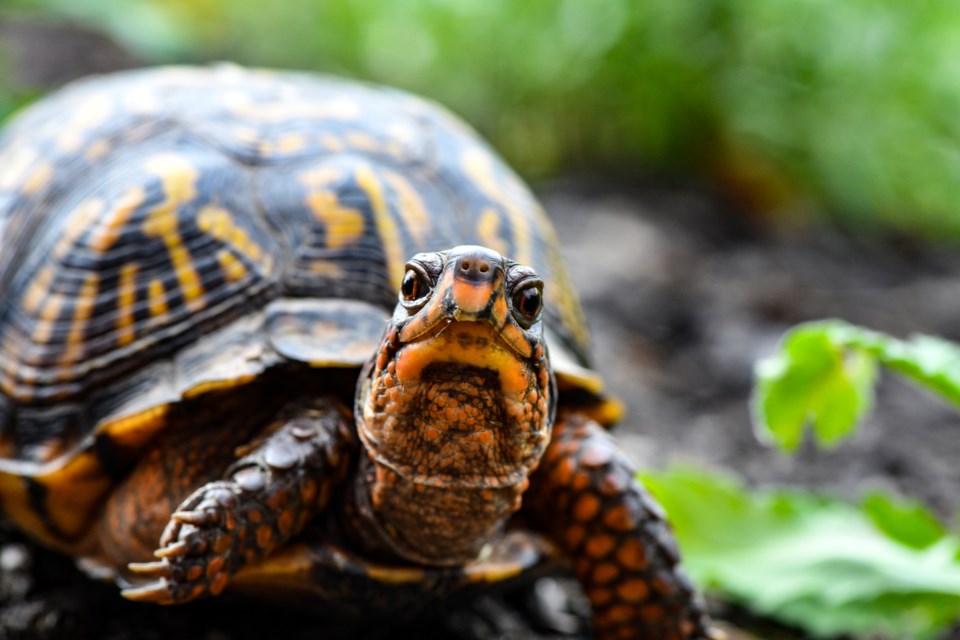BLIND RIVER – A study of turtle nesting sites at a local park playground will move ahead, Blind River council decided at its meeting Monday, after discovery of turtle eggs postponed any planned renewed development of the popular park used by kids in the nearby subdivision.
Karen Bittner, Blind River’s director of facilities and community services, suggested preliminary work has been done to determine just what a study at Shirvon Park would involve to determine the species involved before any decision can be made about park use.
She recommended the following steps by a terrestrial ecologist be followed in her report to council Monday evening:
- In order to be prudent, holes excavated by the municipality should be filled in mid-November to ensure all hatchlings have the best chance of survival. This not only protects turtles, but ensures the park does not have any holes that present a risk during winter months.
- Where possible, photos and stakes can be placed to marked known nesting areas.
- Commencing late-May 2024, an on-site species study will occur.
- Once species are confirmed, direction will be provided.
- Direction will be given if the spaces hosts turtles that are not registered as threatened or endangered under Ontario’s Endangered Species Act (‘ESA’). This may include consultation with the Ministry of Natural Resources and Forestry (‘MNRF’) and actions to exclude the turtles from the playground, such as the installation of reptile fencing.
- Direction will be given if a threatened or endangered species is present. This will include requirements to consult the Ministry of the Environment, Conservation and Parks (‘MECP’) for ESA compliance; and possibly authorizations or permitting under that Act. Solutions will be considered to either protect the species’ nesting areas (conserve the habitat), or seek ESA permitting that would allow for the continued public use of the area, with requirements to mitigate negative impacts and to either make a monetary contribution to Ontario’s Species at Risk Conservation Fund, or to construct compensatory habitat elsewhere.
- Local naturalists can be engaged to install turtle nest boxes that promote nest survivability. Their intention is to protect against predation and pedestrians.
Bittner said it has not yet been determined the types of turtles nesting there and whether they are an endangered species.
It’s been estimated the cost for the study may be about $10,000.
